Since the beginning of May 2024, in Ba Dinh district, workers of the Urban Lighting Company have been actively replacing 4,200 old-technology incandescent bulbs with LED lights that combine the use of solar energy. Along with that is a system of cabinets controlling LED light bulbs using advanced smart technology via wireless signals for each light and light cluster in alleys, corners, internal roads and some playgrounds in residential areas.
The representative of the People's Committee of Ba Dinh District said that the smart lighting system has the advantage of high automation, energy saving and optimal use of light compared to traditional lighting technologies. In addition, the system has the function of automatically or actively controlling on, off, changing power, and lighting intensity by remote control computer through the smart operation center under different conditions.
This system helps proactively reduce power consumption by turning on and off all or part of each LED bulb or alternating lighting; operating lighting flexibly by season, by hour, reducing unnecessary lighting time. Along with easy system operation, the model when deployed also helps increase the efficiency of urban management with modern technology, digital technology .
The flexible operating system in turning on, off, and regulating light intensity helps solve the problem of reducing the number of lights to save electricity during peak season without having to turn off all the lights on the same route, ensuring lighting for people's travel.
Chairman of Ba Dinh District People's Committee Ta Nam Chien shared that, implementing the digital transformation plan of Hanoi City People's Committee, Ba Dinh District has registered a pilot model on management, monitoring, and operation of public lighting systems using LED lights applying Internet of Things (IoT) technology in alleys and hamlets in the area.
During the process of deploying and operating the model, the district hopes to receive comments and feedback from the people so that the authorities can fully implement the goal of contributing to digital transformation and building a smart Hanoi city by 2024...
According to the representative of the equipment installation unit, the use of energy-saving LED lights combined with the ability to automatically adjust light intensity helps the smart lighting system save a significant amount of electricity consumption, possibly from 50% to 70% of electricity consumption compared to traditional lighting systems; reducing CO2 emissions and other greenhouse gases into the environment.
Notably, thanks to the ability to illuminate evenly, without dark spots and flexible light intensity, automatically adjusting to traffic density and environmental conditions, the smart lighting system helps traffic participants easily observe, reducing the risk of accidents, especially at night when the weather is bad.
This system creates a safer and more comfortable environment for urban residents; at the same time, the smart lighting system automates control and monitoring processes, reducing the number of operating workers. LEDs have a long life, so they need to be replaced less often, reducing maintenance costs. The ability to update and upgrade remotely also saves time and costs.
Currently, Hanoi Urban Lighting Company is cooperating with reputable units to test the installation of some smart energy-saving lighting on Tran Hung Dao Street, test the installation of lighting systems using solar energy and wind energy on Nguyen Dinh Thi Street, Pham Hung-Tran Duy Hung intersection; install automatic remote lighting control cabinets to each street in Ba Dinh District. After the smart lighting system of Ba Dinh District is put into stable and effective operation, the unit will expand the installation and operation throughout the city, contributing to building the Capital to be brighter, greener, cleaner and more beautiful.
Source: https://nhandan.vn/xay-dung-he-thong-chieu-sang-do-thi-thong-minh-post814806.html


![[Photo] Readers line up to visit the photo exhibition and receive a special publication commemorating the 135th birthday of President Ho Chi Minh at Nhan Dan Newspaper](https://vphoto.vietnam.vn/thumb/1200x675/vietnam/resource/IMAGE/2025/5/17/85b3197fc6bd43e6a9ee4db15101005b)



![[Photo] More than 17,000 candidates participate in the 2025 SPT Competency Assessment Test of Hanoi National University of Education](https://vphoto.vietnam.vn/thumb/1200x675/vietnam/resource/IMAGE/2025/5/17/e538d9a1636c407cbb211b314e6303fd)
![[Photo] Prime Minister Pham Minh Chinh chairs meeting on science and technology development](https://vphoto.vietnam.vn/thumb/1200x675/vietnam/resource/IMAGE/2025/5/17/ae80dd74c384439789b12013c738a045)





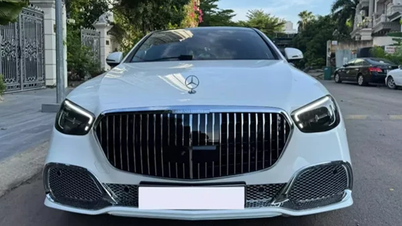
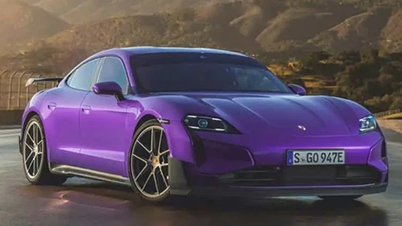
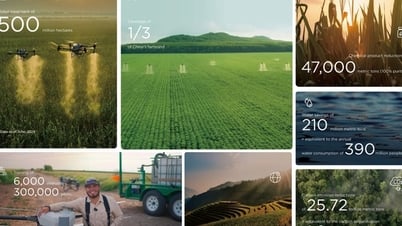




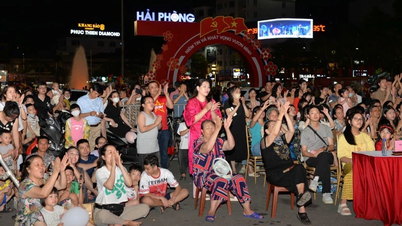

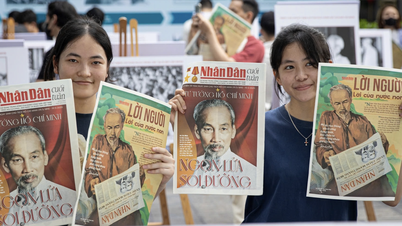



![[Photo] Nearly 3,000 students moved by stories about soldiers](https://vphoto.vietnam.vn/thumb/1200x675/vietnam/resource/IMAGE/2025/5/17/21da57c8241e42438b423eaa37215e0e)
















































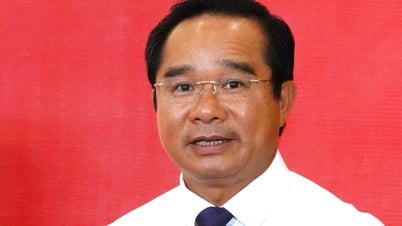
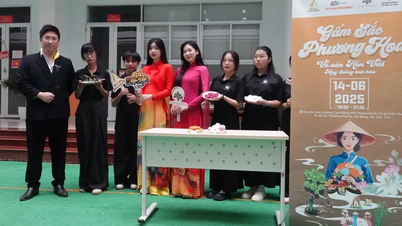



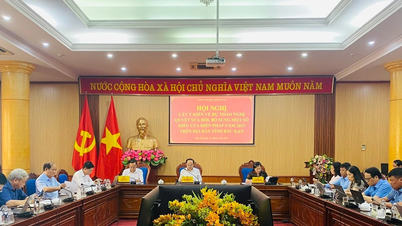













Comment (0)